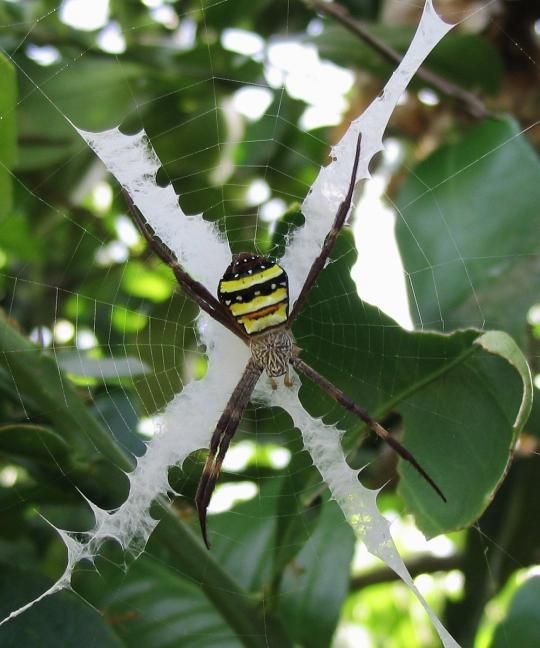|
|
Spider Web
|
Baby spiders pass all their larval stages inside the egg and hatch as spiderlings, very small and sexually immature but similar in shape to adults. Some spiders care for their young, for example a wolf spider's brood cling to rough bristles on the mother's back, and females of some species respond to the "begging" behaviour of their young by giving them their prey, provided it is no longer struggling, or even regurgitate food.
Like other arthropods, spiders have to molt to grow as their cuticle ("skin") cannot stretch. In some species males mate with newly molted females, which are too weak to be dangerous to the males. Most spiders live for only one to two years, although some tarantulas can live in captivity for over 20 years.
• Size
Spiders occur in a large range of sizes. The smallest, Patu digua from Colombia, are less than 0.37 mm (0.015 in) in body length. The largest and heaviest spiders occur among tarantulas, which can have body lengths up to 90 mm (3.5 in) and leg spans up to 250 mm (10 in).
|
|









